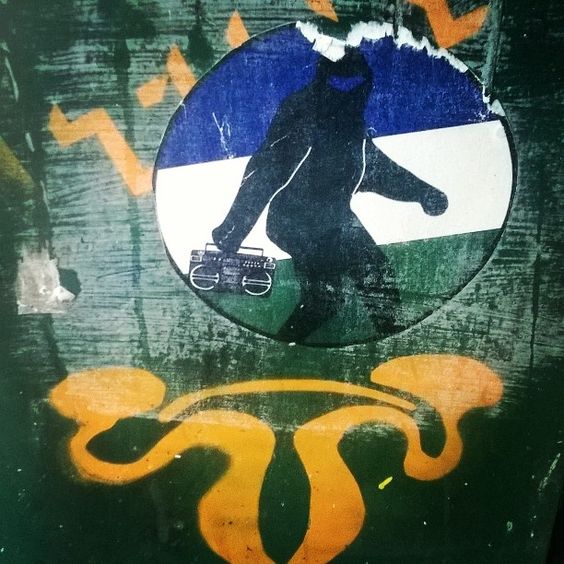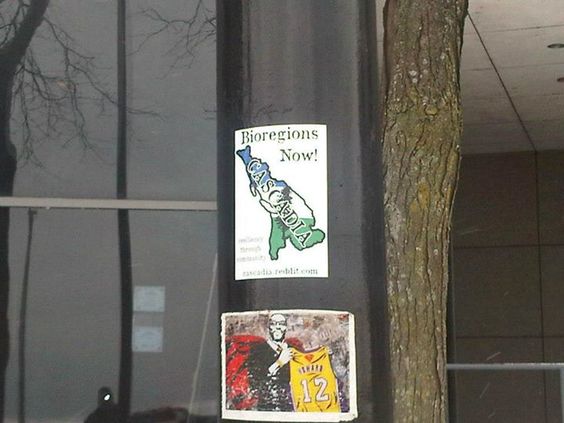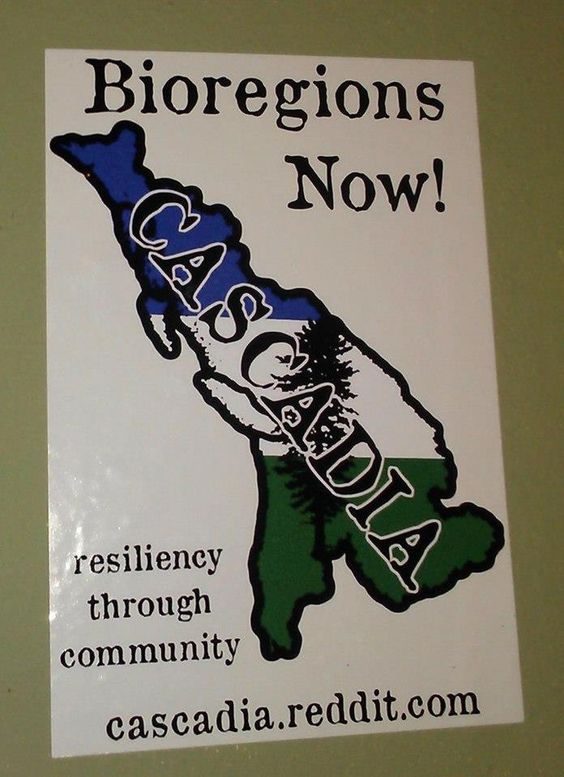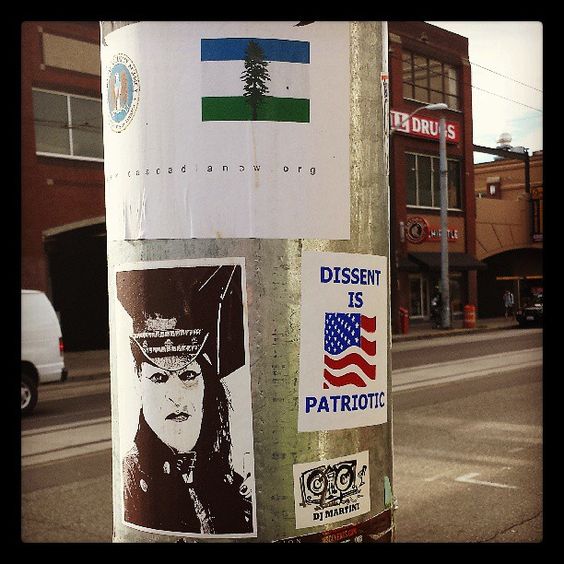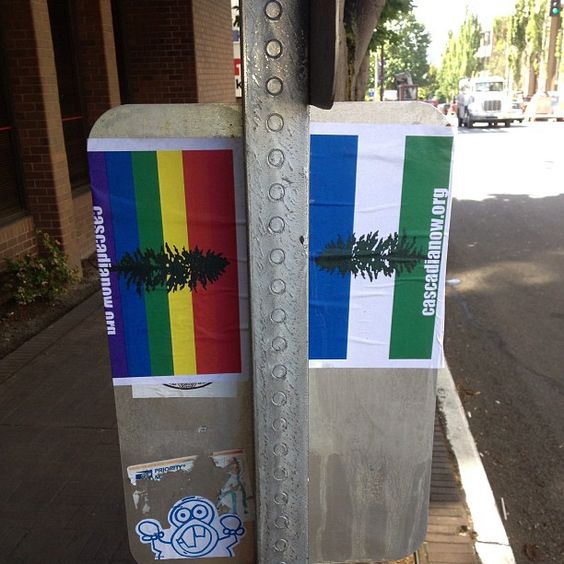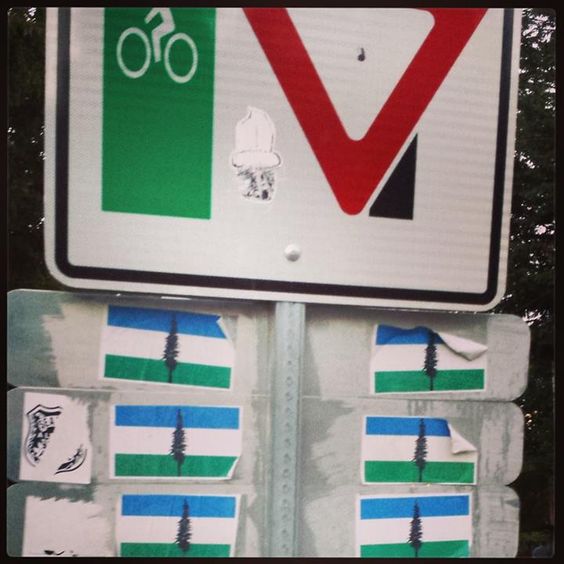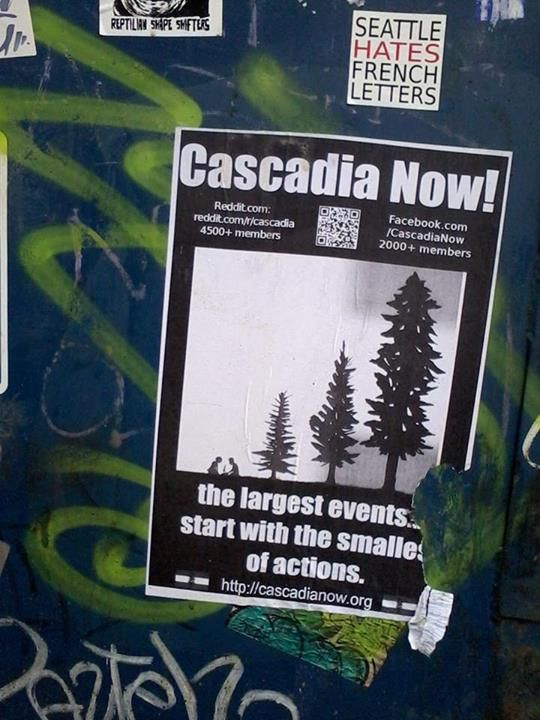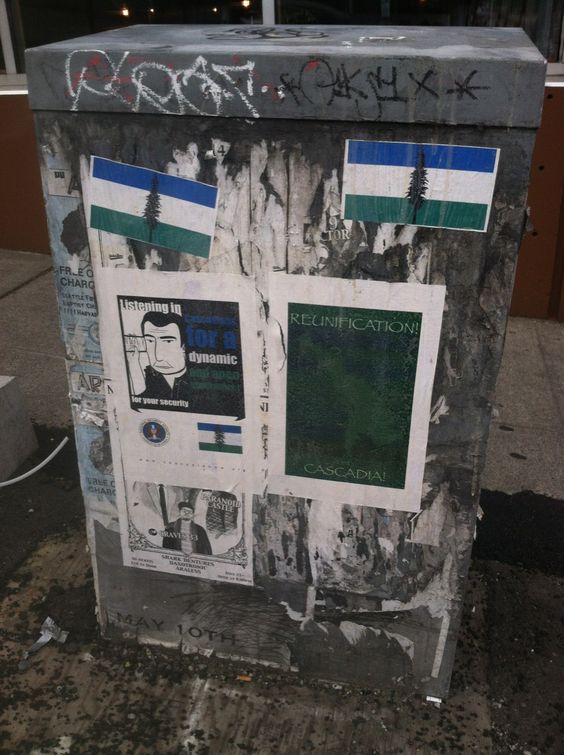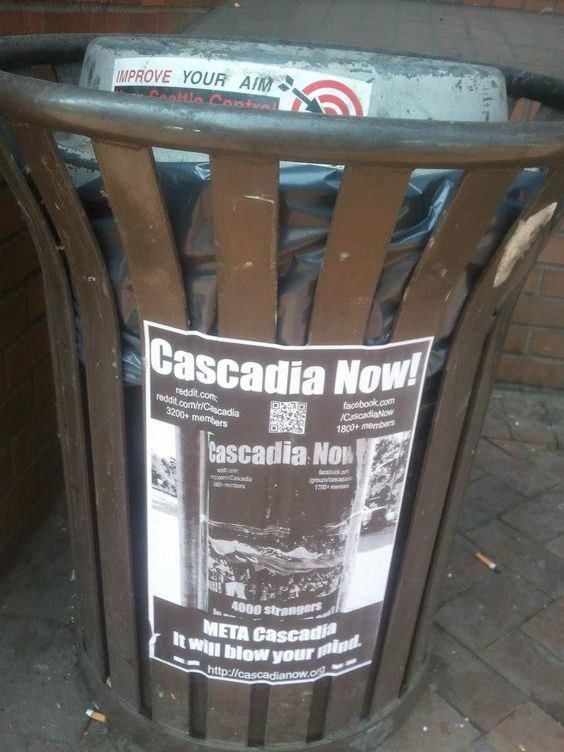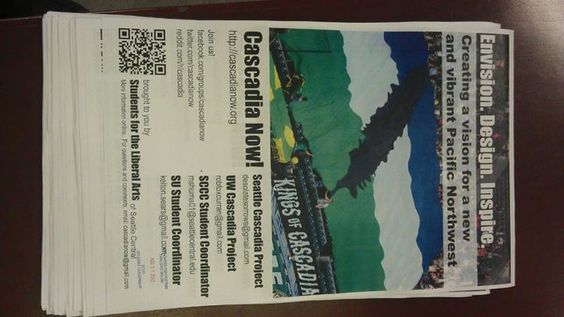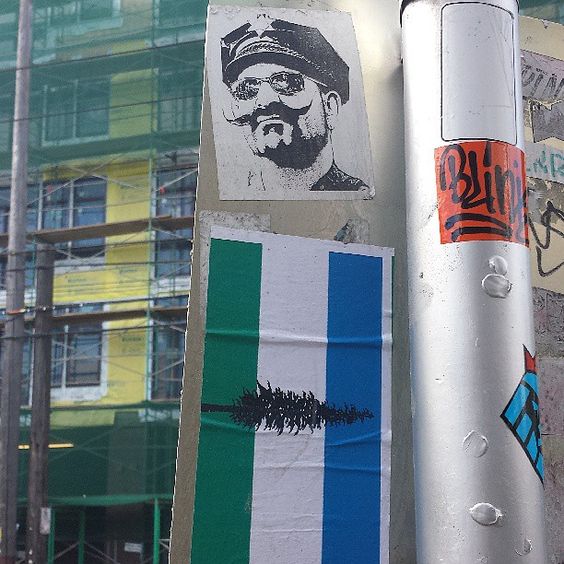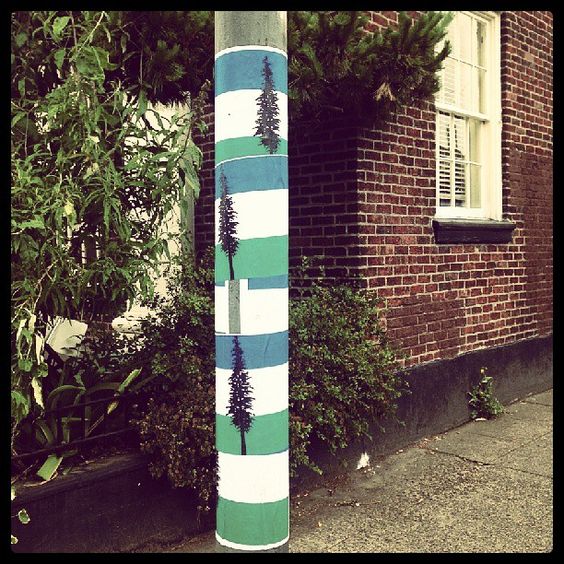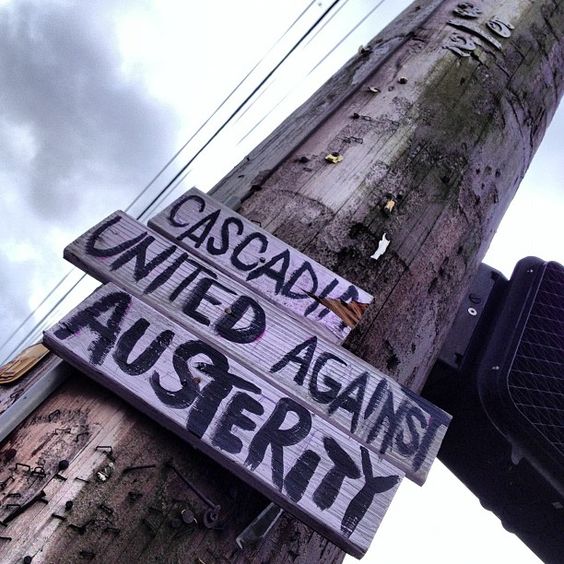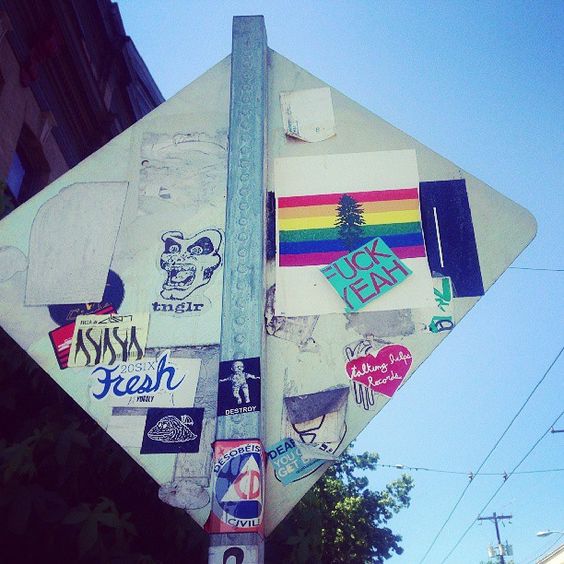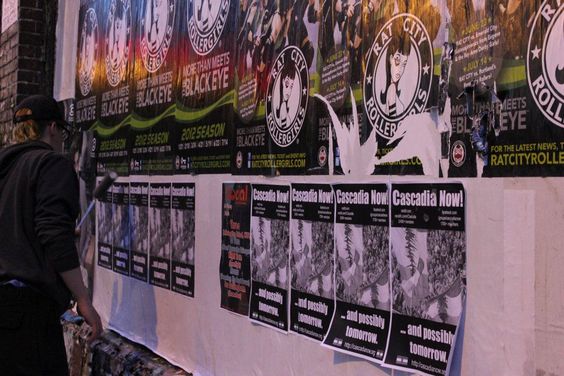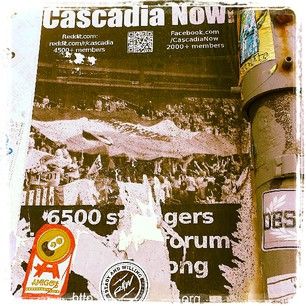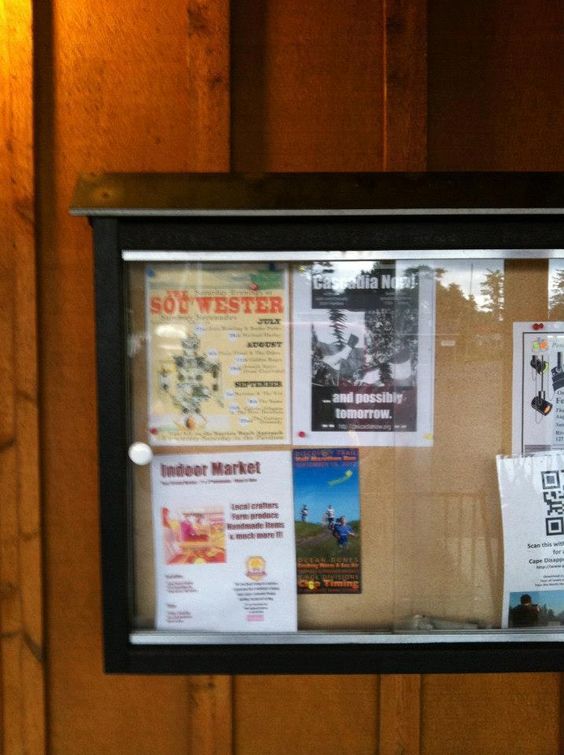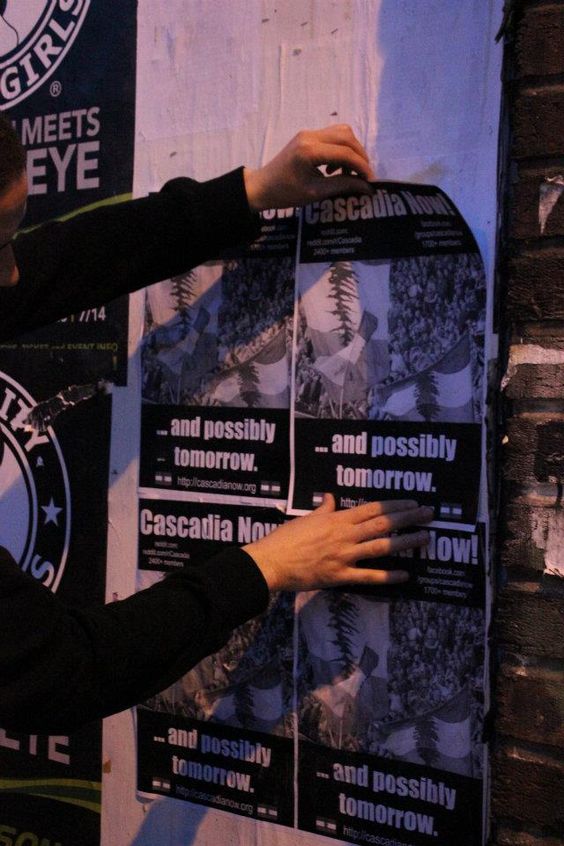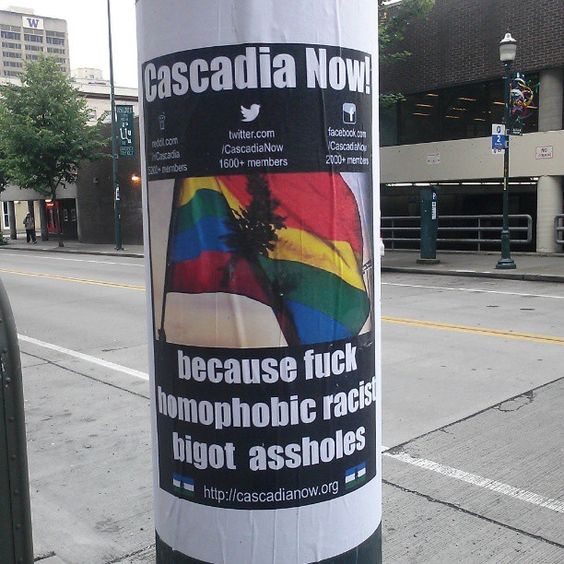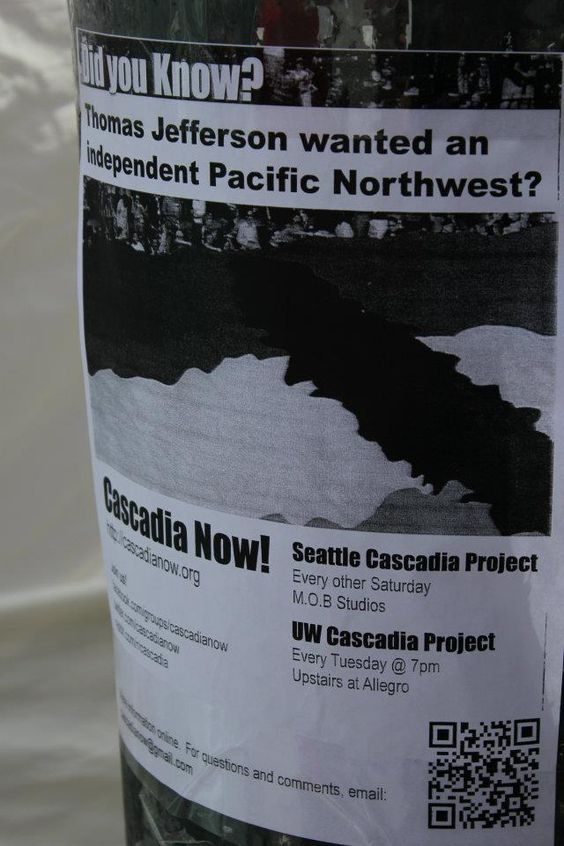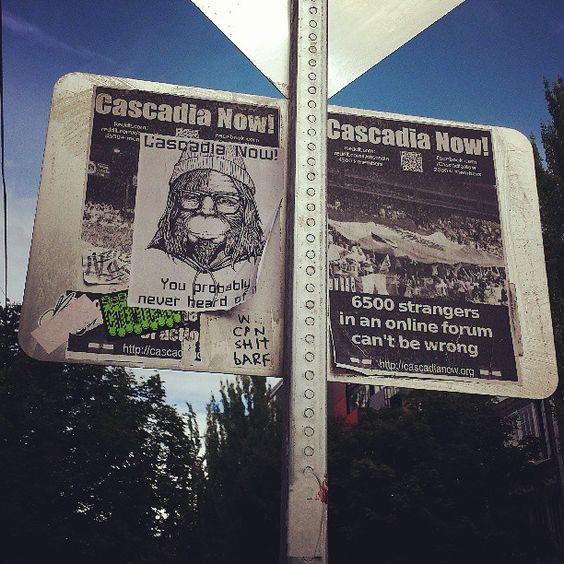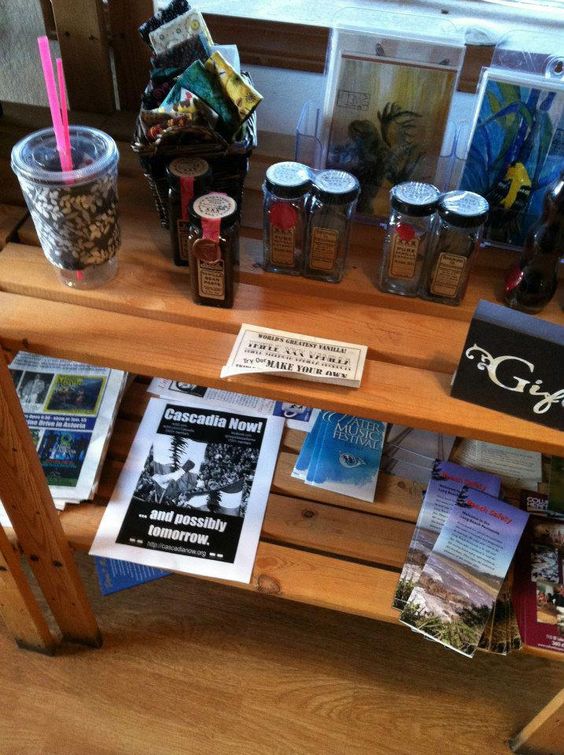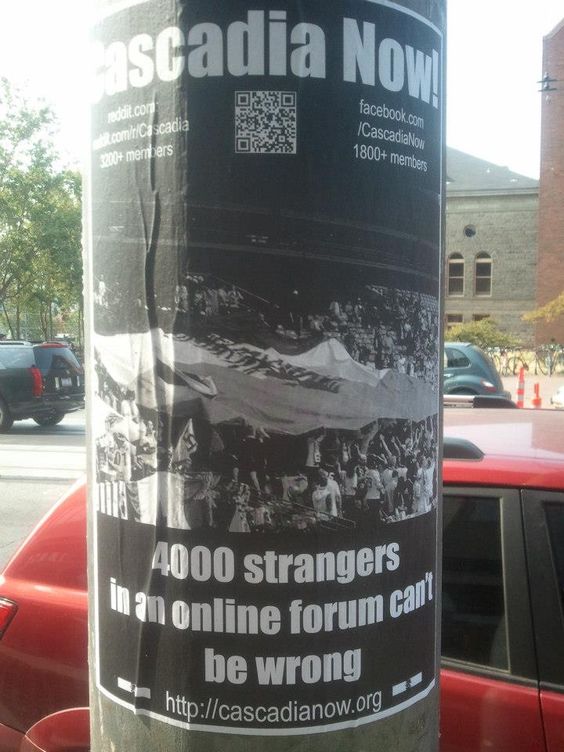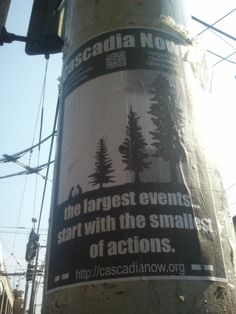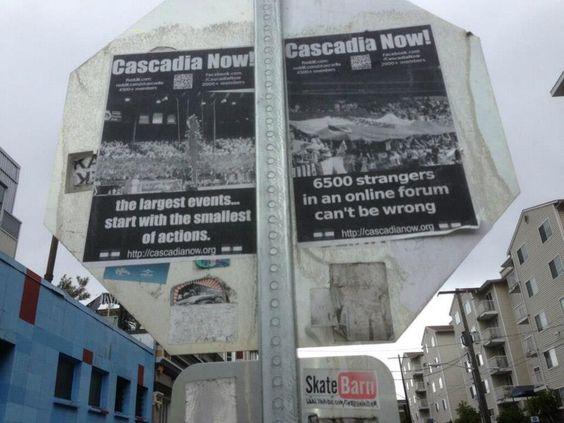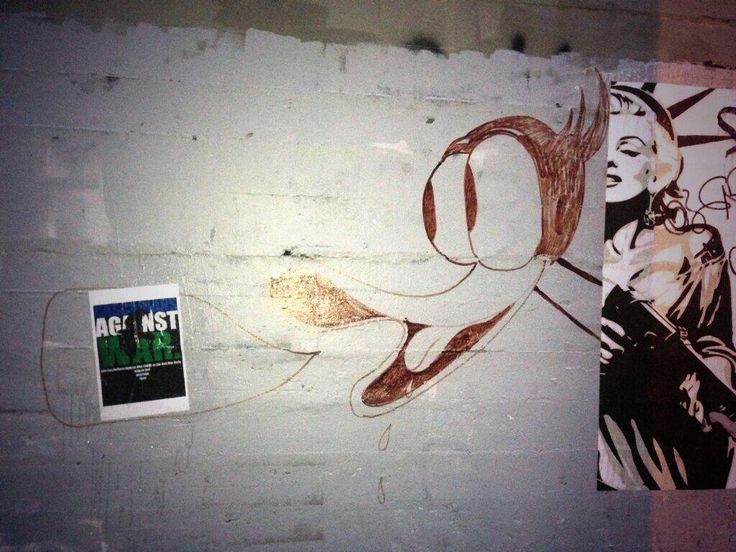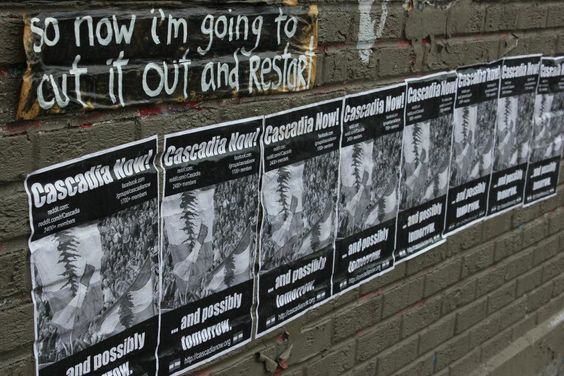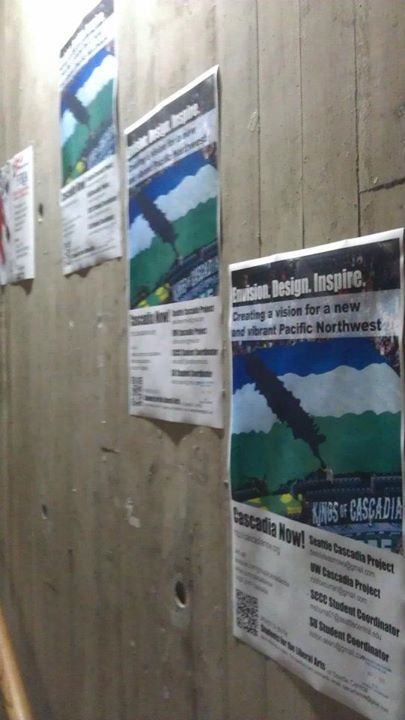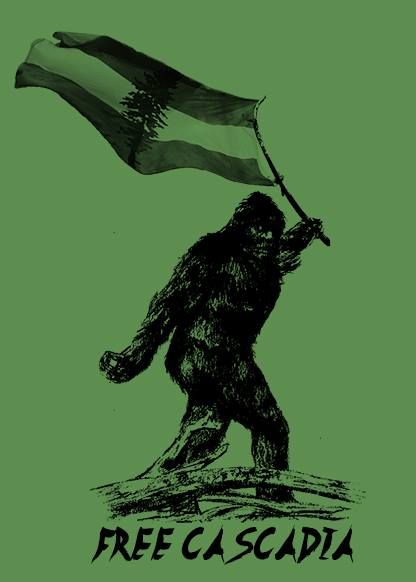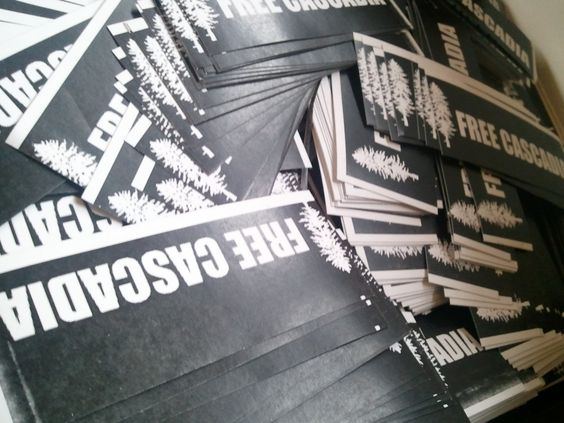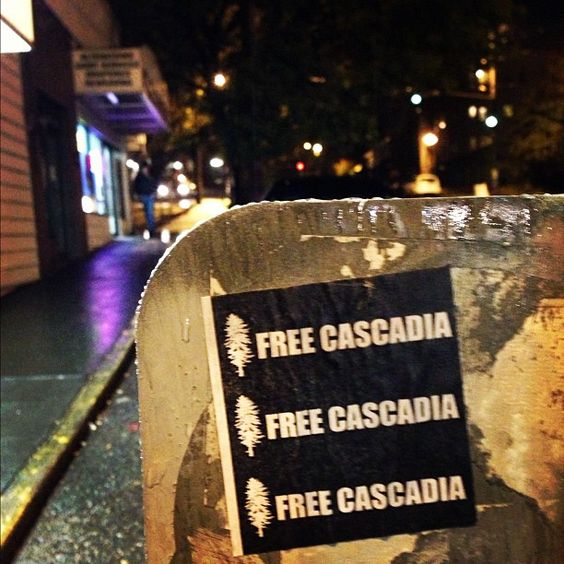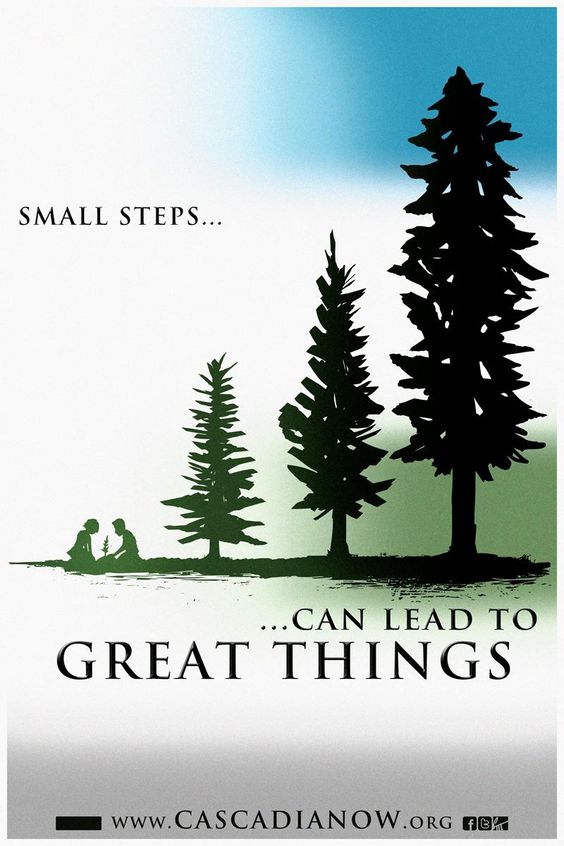An Easy Step by Step Guide to Wheatpasting
Like graffiti, wheatpasting is a direct action technique that is a simple, visual means for communicating messages to a large audience created by mixing, water, flour and sugar. Wheatpasting has been used as antiquities and can be as simple as 8.5x11 sheets of paper, or even smaller, 11x17 copies or printouts, or large print runs, or lots of individual sheets coming together to combine for a longer message or picture. Prints and copies can for a 8.5x11 will usually run 3-8 cents a sheet, while larger 11x17 sheets may run 4-10 cents for black and white, or quite a bit more for color. For larger print outs, it’s always good to ask around, and most any independent print shop can offer reasonable quotes.
Some larger pieces of wheatpaste can take up entire walls, or even billboards. Wheatpasting, like stickering and unlike graffiti, tends to fall into a legal grey area, because it is not permanent, does not use harmful chemicals, and is bio-degradable. If you would like to remain in this grey area - focus on public property - metal street signs, utility poles, utility boxes. Note that mailboxes constitute federal property and a felony offense, though some have actually found the USPS to be the nicest when reaching out about people wheatpasting on their property. People should make their own choices about bus stops - as they are public - but often it is the underpaid staff of Public transportation that has to clean them up.
If you size your pieces correctly, the back of stop signs, and other harder to reach places can yield long term results, and if you make your wheatpaste correctly, artwork can last for years even in the wettest and most damp conditions. If you want to double up your efforts, bring a staple gun.
In terms of ease, it always help to go with friends, especially tall friends, or take a small step ladder with you. 3 people tends to be optimal, where one person can hold the bucket and paint, one person can paint an under layer, another to slap it up, and then another to go over it again with another layer. You want to make sure the poster is thoroughly soaked all the way through with your wheatpaste mixture.
Disclaimer: Always check on your local laws and ordinances anywhere you might want to sticker, graffiti, or wheatpaste. The Cascadia Department of Bioregional Affairs takes no responsibilities of the actions for people who read this guide, and always recommends only that use wheatpaste in a legal, consentual manner.
Crafting your Poster
Free Cascadia Sasquatch Poster
If you’re wheatpasting to express something specific, a good design is the key for getting your message across. Go big, go simple. Most people will see your poster from a distance, and the information must translate. So make the headline huge and legible and use images that are simple, high-contrast, and equally large. Most wheatpasting is done in black and white, so make sure to use high contrast colors, rather than a lot of shades or gradients. You can also include a paragraph or so in smaller print for the casually interested, and it’s always a good idea to add a web site address or similar link for those who want to pursue things further.
Don’t limit yourself to pasting up standard-size photocopies; many photocopying franchises offer much bigger options. You can make huge posters to put up; if such printing technology is unavailable, you can paste up big images comprised of smaller copies. This may seem counter intuitive, but the thinner the paper, the better—thin paper takes paste better, and will be more likely to rip off in tiny pieces rather than all at once if an art hater takes a dislike to it. Another way to foil such philistines is to run a razor quickly down and across each poster several times immediately after you’ve pasted it up; a pasted poster sliced in this manner will only come down one small piece at a time.
Recipe for Wheatpaste
What you need:
Flour
Water
Sugar
5 gallon bucket with lid.
Optional:
Glitter
Non-toxic Glue
*Note* Multiply the ingredients to as much as you need. The below ingredients will make only a very little. It is also just one of about one million different recipes for wheatpasting so feel free to google, find your own recipe or find a good youtube video that works for you.
Wheatpasting is completely bio-degradable and non-toxic. We leave it on you if you want a ‘gluten free’ alternative.
Directions:
Begin boiling 2 cups of water
In a separate bowl mix 1 cup of water with 1 cup of flour
Beat the hell out of that flour and water. Use an egg beater if you have one and whip it until you’ve got as smooth of a consistency as possible.
Turn off the boiling water and pour in the mixed wheat paste.
Continue stirring.
Add 3/4 cup of sugar.
Continue stirring.
Make a lot of pancakes. Yum yum yum.
Dump into the 5 gallon bucket and add the non-toxic glue and the glitter (shiny!) if you want. Note that this is not necessary but may help the adhesive properties and texture of said wheat paste.
Continue stirring.
This whole process should take no more than half an hour, and it’s ready as soon as it done.
Best means of delivery:
We highly recommend getting a 5 gallon bucket with a lid. Wheatpaste will usually keep for around 3-5 days (until it begins fermenting and smelling awesome).
Best way to put up posters or artwork is usually using a paint roller or brush you can buy very cheaply from a hardware store.
Using a paint roller, throw down a basic layer of wheatpaste. Soak every spot that the flyer will cover.
Put up the flyer.
Now, using the brush or paint roller, soak that thing. You want to make sure you coat the entire thing your putting up, and especially get the edges.
Wheatpasting works best on metal, but also works fine on concrete or even brick surfaces.
Don’t forget to clean off your supplies when you get back before it has a chance to dry.
We find wheatpasting with a friend works great. One person can throw down a base layer while another puts up the flyer and helps get the edges. If you can get a few friends, divide up into a couple groups, each with a bucket and you can hit both sides of a street at once.
Enjoy, alter and adapt all of these directions as needed! Figure out what works best for yourself. We encourage everyone interested in stickering, flyering or wheatpasting in their neighborhoods to understand their local laws. This can usually be found with a quick google of your cities RCW laws. In most major cities in the Pacific Northwest, all of the above are COMPLETELY LEGAL, but may vary from area to area.


